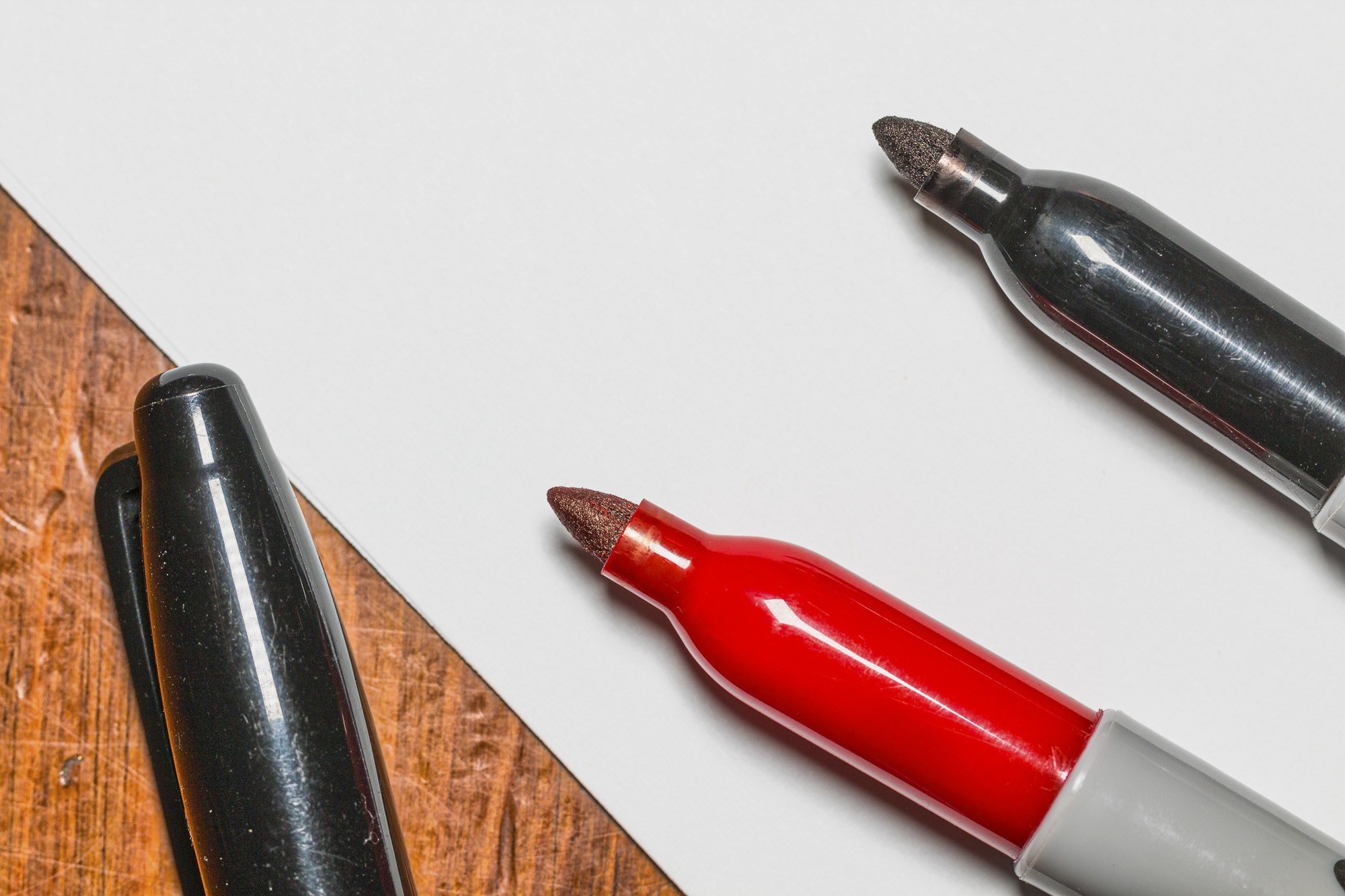A debunked theory fuels a Trump lawsuit

NOVEMBER 10, 2020
As if permanent markers didn’t already make enough of a mess, enter #sharpiegate.

With votes for Biden mounting, a group of Trump supporters showed up to a ballot counting facility in Arizona’s Maricopa County last Wednesday and cried foul. Their claim: Poll workers were encouraging voters to mark their ballots with Sharpies that couldn’t be read by the county’s vote-scanning machines. It was only a matter of hours before the allegation, with no evidence to support it, went viral statewide, acquired its own hashtag– #sharpiegate –and infected conspiracy theorists in California.
Within days, a piece of misinformation, one that was repeatedly debunked by election officials across the country, jumped from the internet to litigation brought by a Trump campaign desperate to hold onto one of the states where the race hadn’t yet been called.
In a lawsuit against Arizona’s Secretary of State and the Maricopa Board of Supervisors, the Trump campaign alleged, among other issues, “ballots containing ink ‘bleeds,’ splotches,” and “stray marks” had caused voting issues. Sharpies were not explicitly cited.
Even before the lawsuit, some California voters were fretting over Sharpies. A woman in San Bernardino asked conservative talk show host Tomi Lahren on Twitter who she should call for help. Other voters sent Steven Crowder, a conservative YouTube personality, anxious messages about their completed Sharpie ballots. Both Lahren and Crowder fanned suspicions of using a Sharpie to mark a ballot.
Concerns reached up to Northern California, where voters asked “ad nauseam” about Sharpie-invalidated ballots, said Cathy Darling Allen, Shasta County Registrar of Voters.
Never mind that, just over a year ago, Trump himself had triggered the first #sharpiegate. He tweeted that Hurricane Dorian was going to hit Alabama, the Birmingham Weather Service contradicted him, and Trump produced an apparently doctored map on which a Sharpie extended the hurricane’s reach westward. A torrent of tweets followed, until the hurricane blew over.
The second #sharpiegate storm was equally far-fetched. Election officials in Arizona and California defended the use of Sharpies. “Sharpies are one of the best tools,” said Brooke Federico, Public Information Officer for Riverside County.
Alex Padilla’s office said in an email that Sharpies were one of the writing tools used to test the accuracy of the state’s voting machines. Markings were captured without a problem. In the event that a marking is truly unreadable by the machine, then the ballot is manually reviewed.
Registrars in San Diego and San Bernardino county released statements saying “rest assured!” and “using a Sharpie does not invalidate the ballot” to calm voters. The San Bernardino Registrar posted a statement on Facebook after receiving multiple Sharpie inquiries. “The process is safe and straight forward,” said Robert Chevez, a spokesperson for the San Bernardino Registrar. “There’s nothing odd about it.”
For all the furor, registrars said, voting in California went safely and smoothly. No black marks here.
Steven Rascón is a reporter at UC Berkeley’s Graduate School of Journalism.
Read this article in Spanish.


